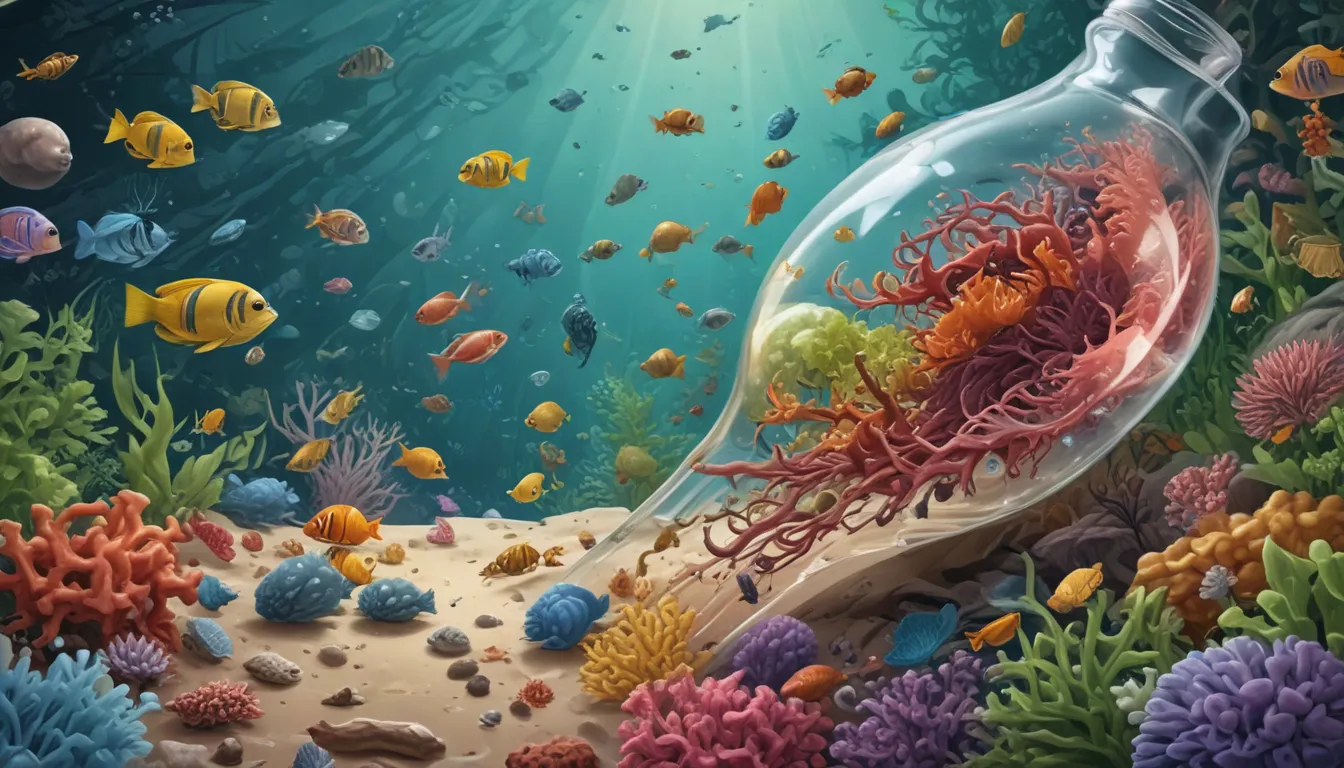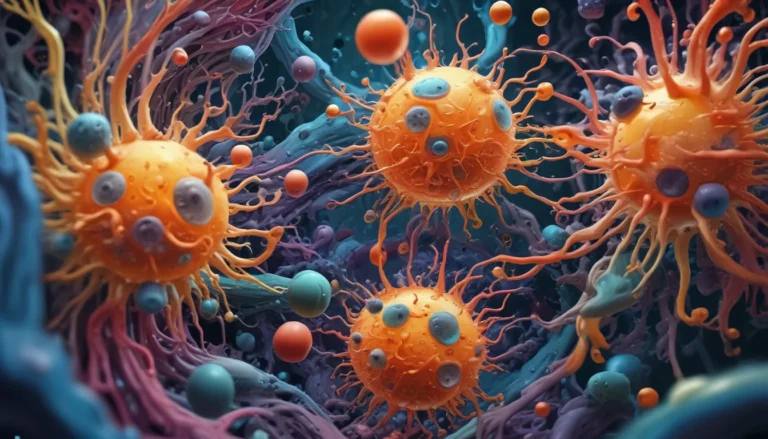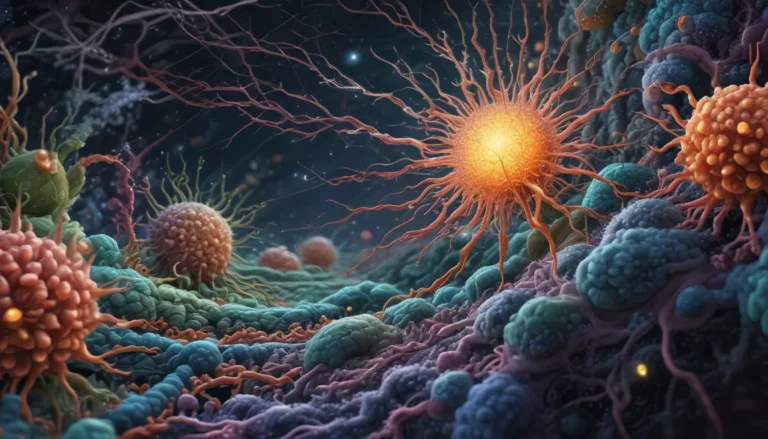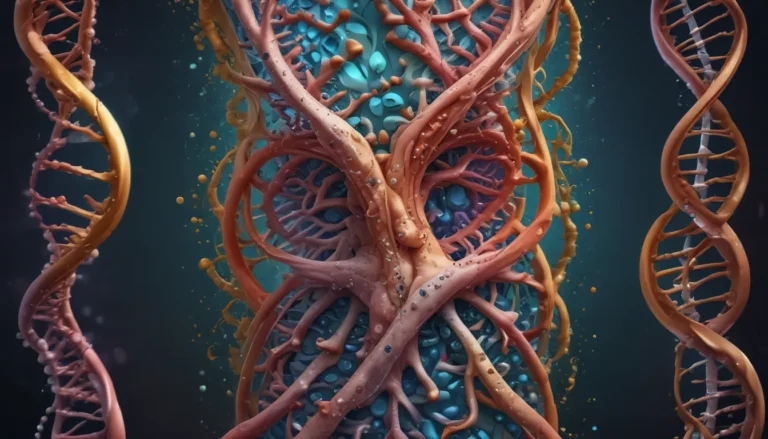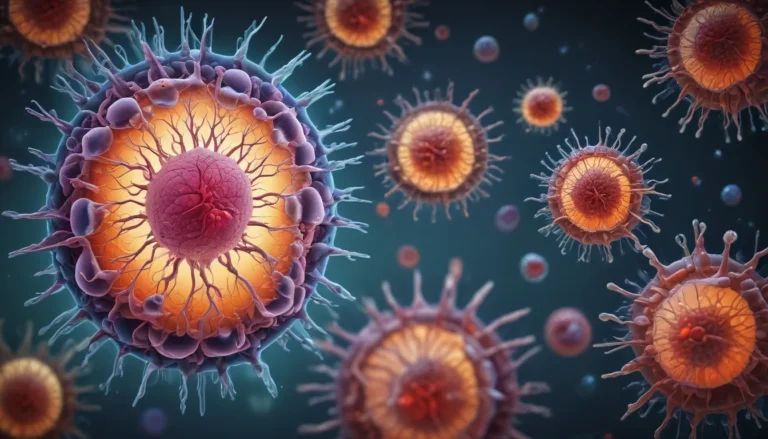A Note About Images: The images used in our articles are for illustration purposes only and may not exactly match the content. They are meant to engage readers, but the text should be relied upon for accurate information.
The Bottleneck Effect is a captivating concept in biology that has significant implications for the genetic diversity and evolution of species. It occurs when a population undergoes a substantial reduction in size, leading to a narrowing of the gene pool with lasting effects on the genetic makeup of a species. In this article, we will delve into sixteen mind-blowing facts about the Bottleneck Effect, shedding light on its importance in understanding population dynamics and evolution. From historical significance to conservation biology implications, these facts will provide a comprehensive overview of this intriguing phenomenon. So, get ready to expand your mind as we explore the fascinating world of the Bottleneck Effect!
Key Takeaways:
- The Bottleneck Effect can result in a loss of genetic diversity, increasing the vulnerability of species to extinction. Conservation efforts are crucial to address this phenomenon and restore genetic health in endangered populations.
- Human activities like deforestation and habitat fragmentation can trigger bottleneck events, impacting the survival of various species. Understanding and mitigating these effects are essential for preserving biodiversity.
The Role of the Bottleneck Effect in Evolution
The Bottleneck Effect occurs when a large population undergoes a significant reduction in numbers, resulting in a loss of genetic diversity. This phenomenon can be triggered by natural disasters, disease outbreaks, or human activities and plays a crucial role in shaping evolution.
During a bottleneck event, certain genetic variations may be lost, reducing the adaptive potential of the population. This loss of genetic diversity can make a population more susceptible to environmental changes, increasing the risk of extinction. Additionally, when a small group of individuals survives a bottleneck event and establishes a new population, a founder effect can occur, limiting the genetic variation present in the new population.
Implications for Endangered Species
Endangered species often face population bottlenecks, leading to long-lasting effects on their genetic diversity. This reduction in genetic diversity can hinder their ability to adapt to changing environments and increase their vulnerability to future threats. Inbreeding is a common consequence of the Bottleneck Effect, resulting from limited mating options for surviving individuals and leading to reduced fertility, increased susceptibility to disease, and decreased overall fitness.
The severity of the Bottleneck Effect depends on the size of the surviving population, with smaller populations experiencing a more significant loss of genetic diversity. This loss can have long-term evolutionary consequences, limiting the population’s ability to adapt and increasing the risk of extinction over time.
Multiple Bottleneck Events and Rapid Evolution
Species that have survived multiple bottleneck events may have extremely limited genetic diversity, making them more susceptible to additional threats and decreasing their chances of long-term survival. Despite reducing genetic diversity, the Bottleneck Effect can also create opportunities for rapid evolution in small populations. New mutations may have a greater chance of becoming fixed in a small population in the absence of strong selective pressures.
Human activities such as deforestation, habitat fragmentation, and overhunting can lead to population bottlenecks in various species. Conservation biologists study the Bottleneck Effect to assess the genetic health of endangered populations and develop strategies to restore genetic diversity, increasing the resilience and long-term viability of threatened species.
Conservation Strategies and Genetic Rescue
Conservation biologists use genetic rescue, involving the introduction of individuals from genetically diverse populations into bottlenecked populations, to restore genetic variation and enhance the survival chances of endangered species. Conservation corridors that connect fragmented habitats can prevent bottleneck events by promoting gene flow between populations and preserving genetic diversity.
The Bottleneck Effect serves as a reminder of the interconnectedness of all species and the impact of environmental changes on genetic diversity and survival. Understanding and preserving biodiversity are essential for maintaining healthy ecosystems and ensuring the long-term sustainability of life on Earth.
Conclusion
In conclusion, the Bottleneck Effect is a captivating phenomenon that can significantly impact genetic diversity and evolution in populations. While it can lead to reduced genetic variation and increased risks of inbreeding and extinction, it can also promote rapid adaptation and the emergence of unique traits. Understanding the Bottleneck Effect is vital for conservation biology efforts to protect endangered species and develop effective strategies for their long-term survival.
Delve deeper into the fascinating world of genetics and evolution, exploring conservation genetics, population genetics, and the founder effect. By understanding these concepts, we can better equip ourselves to protect species from extinction and maintain the delicate balance of ecosystems. Trust in the commitment to quality and authenticity as you explore and learn with us.
FAQs
-
What is the bottleneck effect?
The bottleneck effect refers to a reduction in population size leading to decreased genetic diversity and an increased risk of inbreeding. -
What causes the bottleneck effect?
Natural disasters, habitat loss, disease outbreaks, and human activities like hunting or deforestation can cause the bottleneck effect. -
What are the consequences of the bottleneck effect?
Consequences may include increased risk of inbreeding, reduced genetic variation, and higher chances of harmful genetic mutations. -
Can the bottleneck effect have positive outcomes?
Yes, in some cases, the bottleneck effect can lead to rapid adaptation and the emergence of unique traits, promoting survival under changed conditions. -
How is the bottleneck effect relevant to conservation biology?
Understanding the bottleneck effect is crucial for assessing the vulnerability of endangered species and implementing effective conservation measures for their long-term survival.
Explore the Fascinating World of Genetics
Uncover the intricate workings of genetics and evolution, learn how conservation genetics protects endangered species, and dive into population genetics to understand genetic variation within populations. Discover the founder effect’s impact on small populations branching from larger ones. Join us in exploring the captivating world of genetics and evolution.
Was this article helpful? Our dedicated team of editors ensures the accuracy and reliability of the content we provide. Each fact is contributed by real users, bringing diverse insights and information to help you expand your knowledge. Trust in our commitment to quality as you embark on a journey of learning and discovery with us.
